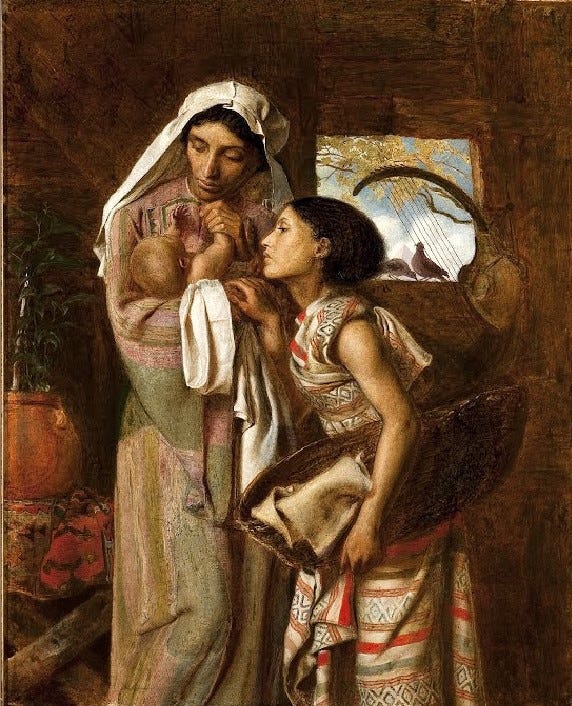I was on my way to the University Library when I was blocked by some kid with a sheaf of leaflets: “Hi! What do you do?” – “I’m a codicologist.” “Oh! That’s wonderful!”
I stopped in my tracks: “Do you know what a codicologist is?” “Oh, yes, it’s someone who’s all about helping and loving people!”
“You,” I said, “are one sick puppy.”
Puppy-loving white trash. These days they’re turning up at all levels of the Culture Industry. At first glance that’s nothing new. Back in 1869, Matthew Arnold issued his own definition of Culture: “Sweetness and Light.”1 It sounds like a pitch for a soft drink. It’s the pitch for most Art History today, not to mention museums: “Culture hates hatred.” Culture is Love.
The difference is, that for Arnold the soda was to be emptied of all political or social calories; divested “of all that [is] harsh, uncouth, difficult, abstract, professional, exclusive.” Culture was “the great help out of our present difficulties,” by which he meant the difficulties of riots in the street, as well as all the difficulties made by people who ask the difficult questions: the questions critics and artists and art historians are supposed to ask. Today all artworks can be made out to be about helping and loving people, including those that include the most direct social and political references. “Oh, 'tis love, 'tis love, that makes the world go round!” Call it Social Struggle Lite.
Take The Young Teacher. Or rather, don’t, because it’s been taken already. The painting was up for sale in England, and following a fundraising campaign it will stay in England. It’s been acquired for the Tate.
A Jewish woman painter’s painting of a Black woman in “oriental” garb with a baby on her knee. All that’s missing is the puppies.
And there’s no doubt the model is Black, at least according to American nomenclature. Her name is Fanny Eaton, she was Jamaican, and she was an artist’s model. One site describes her as “mixed race” or rather, describes the figure represented here as “mixed race.”2 Let’s not confuse the two: who the model was, and who she was meant to represent. Eaton was very active as a model and, as her Wikipedia page puts it, “Her distinctive features were used by artists to portray a variety of ethnicities and characters.”3
And the artist was Jewish and her name was Rebecca Solomon and her brother’s name was Simeon Solomon and her other brother’s name was Abraham and they were all artists, and close enough to share a studio on and off. All were interested in social commentary but Rebecca, according to Roberto C. Ferrari (cited above) may have played a role in developing Simeon’s “interest in Hebrew and Jewish subject matter.” Most likely Rebecca used Eaton’s “distinctive features”for the same purpose her brother had used them the previous year in his painting of The Mother of Moses, in which Eaton modeled for Moses’ mother Jochebed and his sister, Miriam.
Miriam is shown in profile as in ancient Egyptian wall paintings, and I’d be pretty sure Egyptians weren’t Black if I were Abdel Fattah al-Sissi. Likewise, unless you’re Sigmund Freud, you can be pretty sure that Moses and his mother and his sister were Jews, not Black.
Or maybe both? if we compare Simeon Solomon’s numerous drawings and paintings of Fanny Eaton we note that in each case her facial structure has been modified “to portray a variety of ethnicities.” Likewise, the features of Rebecca’s model are placed so as to mirror the features of the older of the two “White” girls in the painting.
Jewish scholars and scholars of Jewish intersectionality speak of Jews as being considered “conditionally White” in certain cultures. Rebecca Solomon has, in effect, presented us with two mirroring images of the Jew as understood by your average middle-class Briton in the nineteenth century: the conditionally White and the conditionally Black. To quote a nineteenth-century aphorism that still survives today, albeit unspoken: “N***s begin at Calais,” meaning there are two types of ethnicities in this world: Englishmen and -women, and… well, you know. Jews could be made to fall into either category, depending on their own level of “Englishness.” But that, as another racist imperialist nineteenth-century Englishman would put it, is another story for another time.
WOID XXIII-18
June 28, 2023
Matthew Arnold, Culture and Anarchy; an Essay in Political and Social Criticism (London: Smith, Elder & Co., 1869).
Roberto C. Ferrari, “Rebecca Solomon Biography,” Simeon Solomon Research Archive. https://www.simeonsolomon.com/rebecca-solomon-biography.html. accessed June 27, 2023.
"Fanny Eaton - Wikipedia.” https://en.wikipedia.org/wiki/Fanny_Eaton; accessed June 27, 2023.





